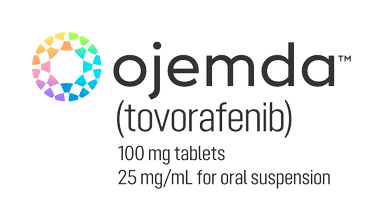Hana, lives with pLGG, and Kibebew, her brother
About
pLGG
What is pediatric low-grade glioma (pLGG)?
Slow-growing, or low-grade, gliomas are the most diagnosed brain tumors in children.
Pediatric
A pediatric glioma is a common type of brain tumor that appears in children, commonly known as childhood glioma
Low-grade
Brain tumors are graded from low to high based on how quickly they grow. Slow-growing tumors are considered low grade
Glioma
Gliomas are a type of tumor found in the brain and spinal cord

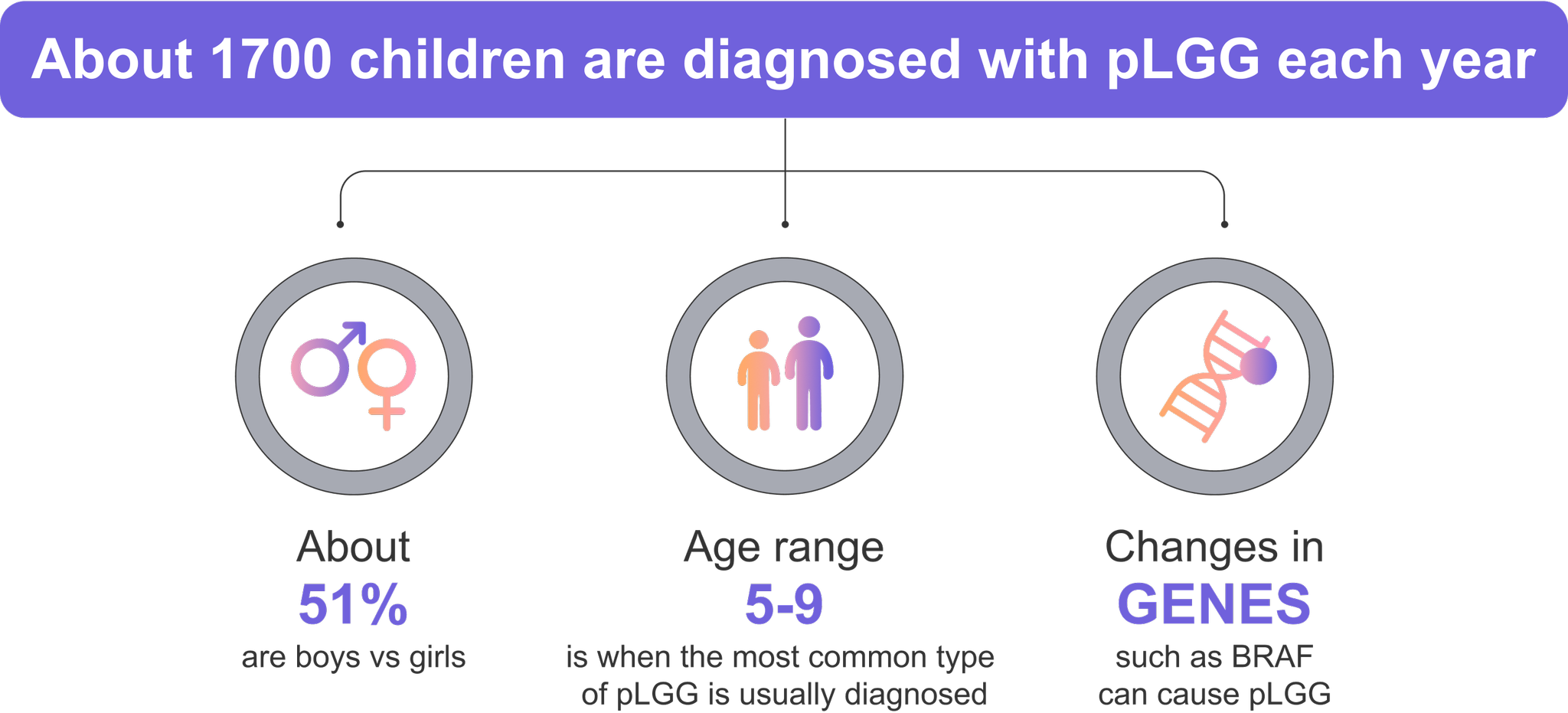
There are different types of pLGG, and they affect different areas of the brain
Gliomas have different names depending on what cells they are made of and which part of the brain they are located in. Here are some of the scientific names given to some of the most common tumors, as well as the location where they are typically found.
Diagnosis
Typical Location
Pilocytic astrocytoma
Cerebellum
Ganglioglioma
Temporal lobe
Desmoplastic infantile astrocytoma/
Cerebrum
Diffuse leptomeningeal glioneuronal tumor
Leptomeninges
Dysembryoplastic neuroepithelial tumor
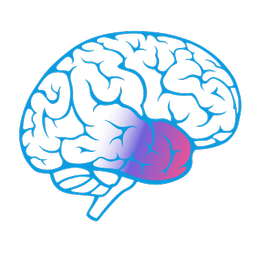
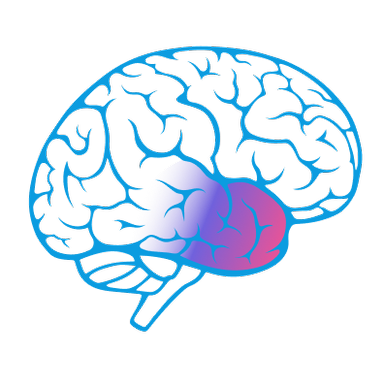
Temporal lobe
Pleomorphic xanthoastrocytoma
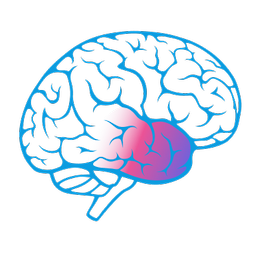
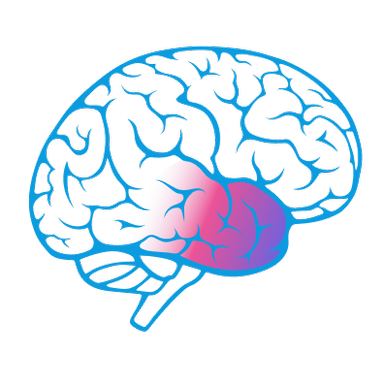
Temporal lobe
Depending on where they’re located, tumors can be removed with surgery. Other tumors may require different treatments to try to help stabilize the tumor or reduce its size.
Symptoms of pLGG
pLGG can impact a child’s health in many ways. Symptoms can vary depending on tumor size and location, and these symptoms may include
- Headache
- Nausea and vomiting
- Lack of energy
- Loss of balance
- Difficulty walking
- Motor dysfunction
- Seizures
- One-sided muscle weakness
- Changes in behavior
- Unexpected weight loss/gain
- Vision problems
- Speech problems
Treatments for pLGG
There are several different treatment options for pLGG, including surgery, chemotherapy, radiation, and targeted therapy. Which treatments are used depends on the tumor’s location and size, genetics, and your child’s previous treatment experience.
Up to
50%
of children with pLGG have their tumors grow again after an initial treatment
